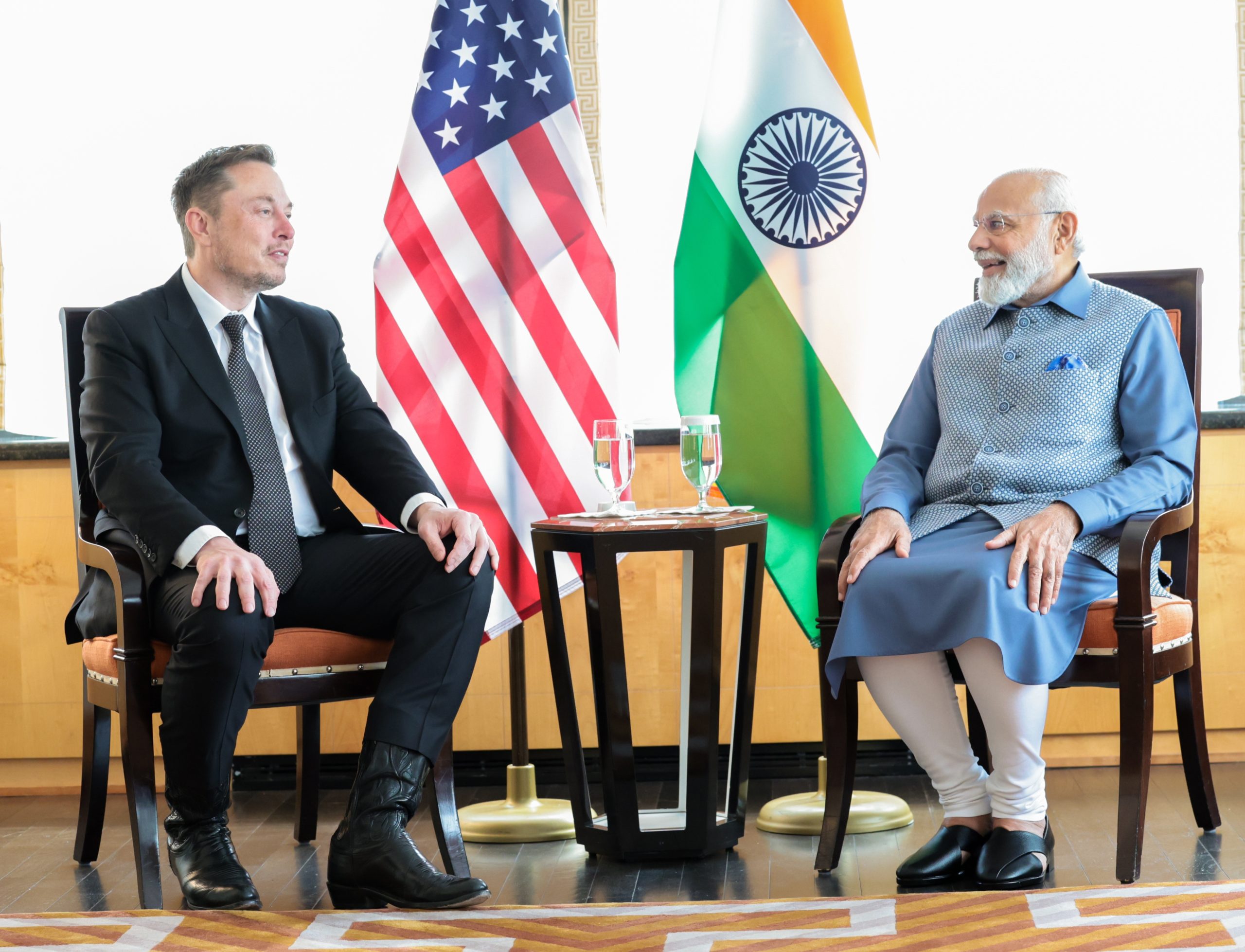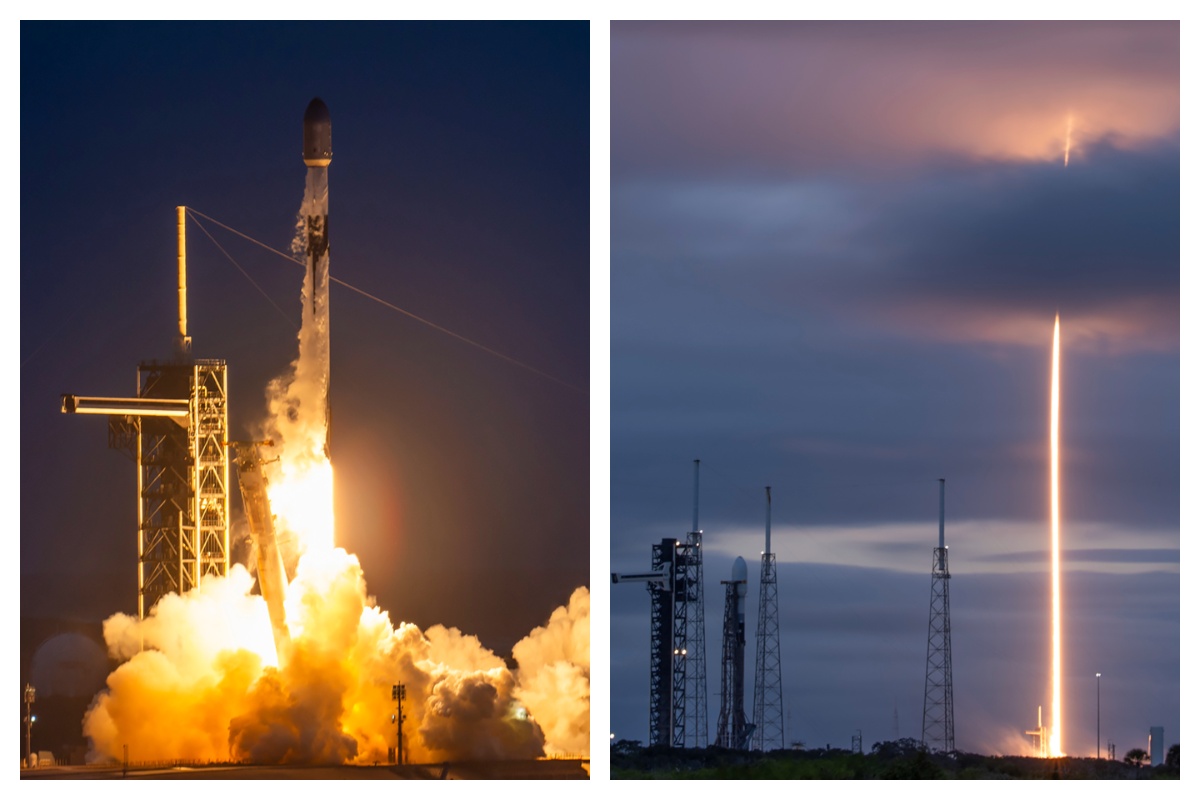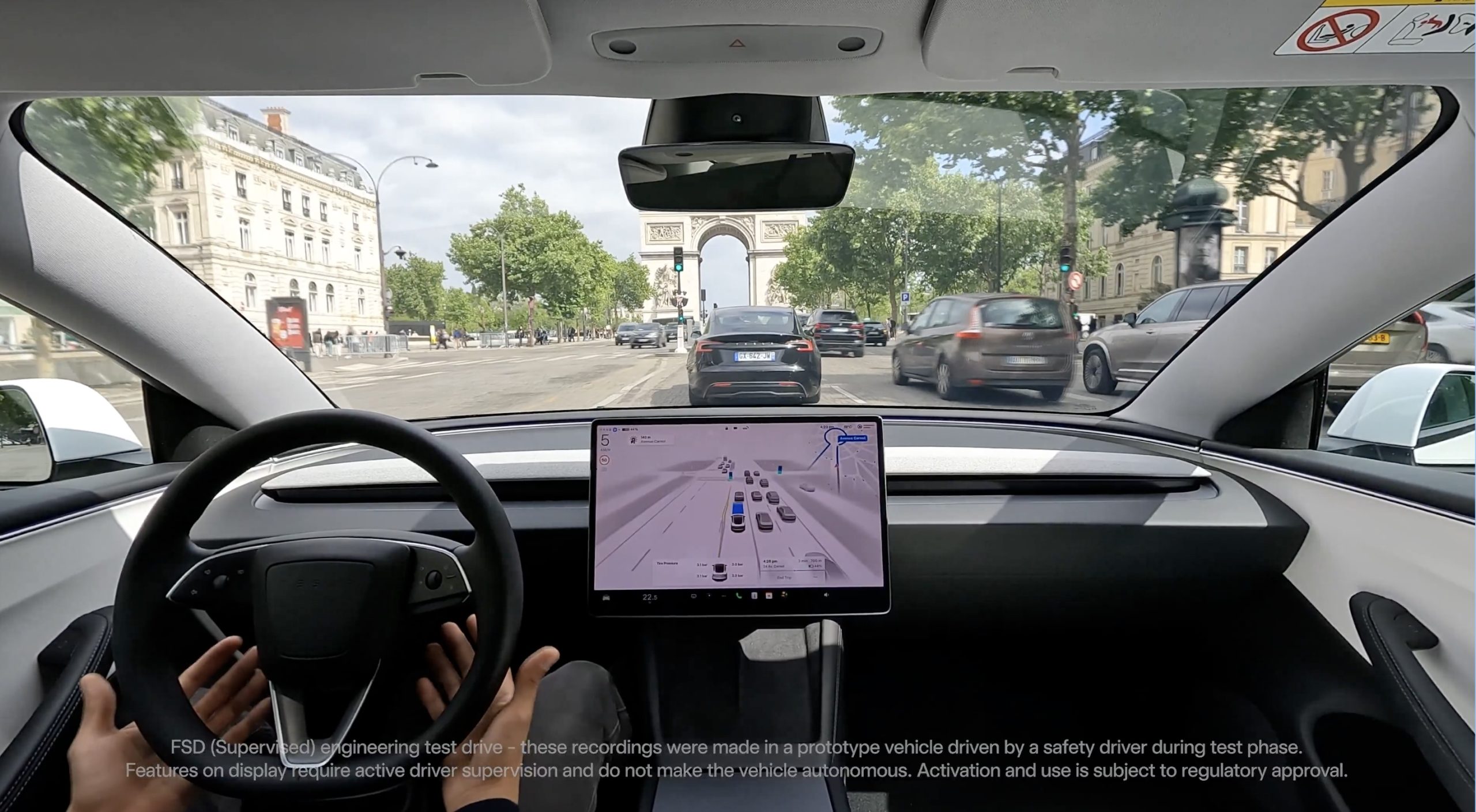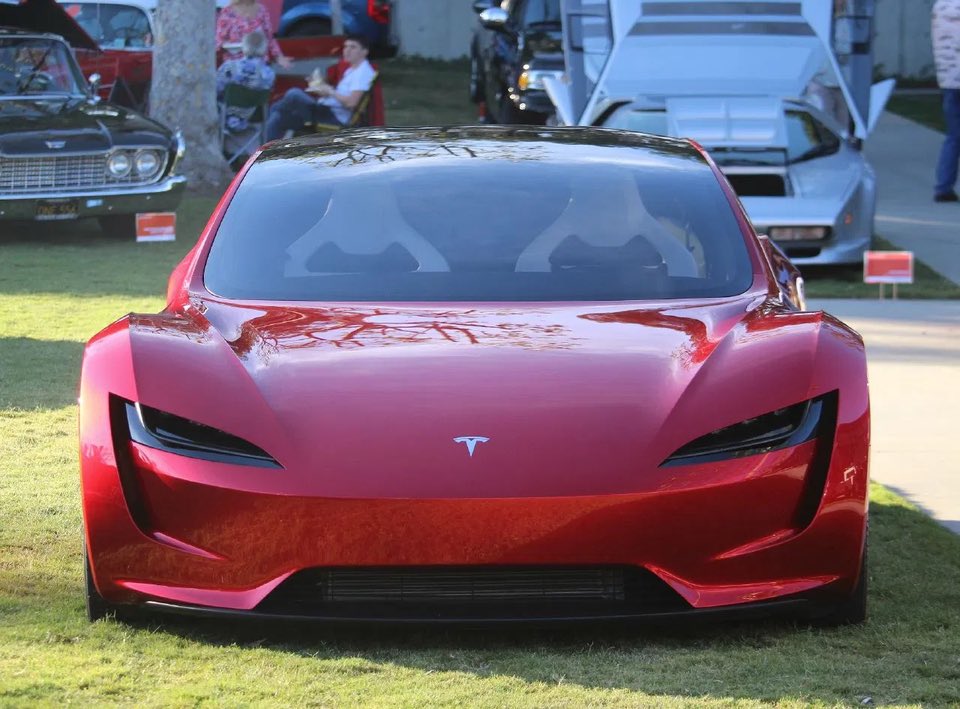News
Tesla bails on crucial piece of India production, aims to rely on imports
Tesla is not keen on establishing an entire production facility in India, and will instead focus on importing.

Tesla is bailing on a crucial piece of the puzzle that would likely enable the production of its vehicles in India, and will instead rely on imports, a bold strategy in the broader scheme, as the country has prioritized local manufacturing in an effort to bolster its economy.
The automaker has dragged its feet to commit to a localized production strategy in India, something that seemed to be the only pathway to a mass market presence in what is the most populous country in the world.
However, Tesla has evidently made a decision on what its plans for the market will be. It seems apparent that it still wants to sell vehicles in India and establish a presence there, but it will not do it in what many would consider a more traditional sense: building vehicles domestically. This is something the company has sparred with the Indian government on for several years.
Now, it’s made up its mind.
During a press conference earlier today, India’s Heavy Industry Minister, Shri Kumaraswamy, confirmed Tesla’s plans for how it will penetrate the massive Indian market, and it will not be doing so through domestic manufacturing:
🚨 India’s Heavy Industry Minister, Shri Kumaraswamy, says Tesla is not interested in local manufacturing in the country: pic.twitter.com/O03fqkAMQ0
— TESLARATI (@Teslarati) June 2, 2025
Kumaraswamy indicated that Tesla has no interest in building cars in India, but it wants to establish some presence there, especially with showrooms, allowing citizens to see and drive the cars they could buy from the company.
The move comes as India has made major progress in reducing the import duties that have frightened many automakers from doing business as importers. India’s massive import duties on vehicles built in other countries doubled prices, which is a significant reason for Tesla’s delay in entering the market.
India is considering a reduction to just 10 percent from 100 percent, which would be significant for companies like Tesla, which are doing whatever they can to enter the market without feeling the impact of the duties.
Electric vehicles made up just 2.5 percent of sales in 2024. There were 4.3 million vehicle purchases in India last year.

News
SpaceX reaches incredible milestone with Starlink program

SpaceX reached an incredible milestone with its Starlink program with a launch last night, as the 3,000th satellite of the year was launched into low Earth orbit.
On Monday, SpaceX also achieved its 32nd flight with a single Falcon 9 rocket from NASA’s Kennedy Space Center.
The mission was Starlink 6-92, and it utilized the Falcon 9 B1067 for the 32nd time this year, the most-used Falcon booster. The flight delivered SpaceX’s 3000th Starlink satellite of the year, a massive achievement.
There were 29 Starlink satellites launched and deployed into LEO during this particular mission:
Falcon 9 launches 29 @Starlink satellites from Florida pic.twitter.com/utKrXjHzPN
— SpaceX (@SpaceX) December 9, 2025
SpaceX has a current goal of certifying its Falcon boosters for 40 missions apiece, according to Spaceflight Now.
The flight was the 350th orbital launch from the nearby SLC-40, and the 3,000 satellites that have been successfully launched this year continue to contribute to the company’s goal of having 12,000 satellites contributing to global internet coverage.
There are over five million users of Starlink, the latest data shows.
Following the launch and stage separation, the Falcon 9 booster completed its mission with a perfect landing on the ‘Just Read the Instructions’ droneship.
The mission was the 575th overall Falcon 9 launch, highlighting SpaceX’s operational tempo, which continues to be accelerated. The company averages two missions per week, and underscores CEO Elon Musk’s vision of a multi-planetary future, where reliable connectivity is crucial for remote work, education, and emergency response.
As Starlink expands and works toward that elusive and crucial 12,000 satellite goal, missions like 6-92 pave the way for innovations in telecommunications and enable more internet access to people across the globe.
With regulatory approvals in over 100 countries and millions of current subscribers, SpaceX continues to democratize space, proving that reusability is not just feasible, but it’s also revolutionary.
News
Tesla expands new Full Self-Driving program in Europe

Tesla expanded its new Full Self-Driving program, which gives people the opportunity to experience the company’s suite, in Europe.
Tesla recently launched an opportunity for Europeans to experience Full Self-Driving, not in their personal vehicles, but through a new ride-along program that initially launched in Italy, France, and Germany back in late November.
People could experience it by booking a reservation with a local Tesla showroom, but timeslots quickly filled up, making it difficult to keep up with demand. Tesla expanded the program and offered some additional times, but it also had its sights set on getting the program out to new markets.
It finally achieved that on December 9, as it launched rides in Denmark and Switzerland, adding the fourth and fifth countries to the program.
Tesla confirmed the arrival of the program to Denmark and Switzerland on X:
Now available in Denmark & Switzerland
🇩🇰 https://t.co/IpCSwHO566 https://t.co/V2N5EarLNX
— Tesla Europe & Middle East (@teslaeurope) December 9, 2025
The program, while a major contributor to Tesla’s butts in seats strategy, is truly another way for the company to leverage its fans in an effort to work through the regulatory hurdles it is facing in Europe.
Tesla has faced significant red tape in the region, and although it has tested the FSD suite and been able to launch this ride-along program, it is still having some tremendous issues convincing regulatory agencies to allow it to give it to customers.
CEO Elon Musk has worked with regulators, but admitted the process has been “insanely painful.”
The most recent development with FSD and its potential use in Europe dealt with the Dutch approval authority, known as the RDW.
Tesla says Europe could finally get FSD in 2026, and Dutch regulator RDW is key
Tesla said it believes some regulations are “outdated and rules-based,” which makes the suite ineligible for use in the European jurisdiction.
The RDW is working with Tesla to gain approval sometime early next year, but there are no guarantees. However, Tesla’s angle with the ride-along program seems to be that if it can push consumers to experience it and have a positive time, it should be easier for it to gain its footing across Europe with regulatory agencies.
News
Tesla ramps hiring for Roadster as latest unveiling approaches
Tesla published three new positions for the Roadster this week, relating to Battery Manufacturing, General Manufacturing, and Vision Engineering.

Tesla is ramping up hiring for positions related to the Roadster program, the company’s ultra-fast supercar that has been teased to potentially hover by CEO Elon Musk.
The company seems to be crossing off its last handful of things before it plans to unveil the vehicle on April Fool’s Day, just about four months away.
Tesla published three new positions for the Roadster this week, relating to Battery Manufacturing, General Manufacturing, and Vision Engineering. All three are located in Northern California, with two being at the Fremont Factory and the other at the company’s Engineering HQ in Palo Alto.
Technical Program Manager, Battery Manufacturing
Located in Fremont, this role specifically caters to the design of the Roadster to factory operations. It appears this role will mostly have to do with developing and engineering the Roadster’s battery pack and establishing the production processes for it:
“You will foster collaboration across design engineering, manufacturing, quality, facilities, and production to align with company priorities. Additionally, you will understand project opportunities, challenges, and dependencies; translate scattered information into concise, complete messages; and communicate them to every team member. As the business process development lead, you will develop, maintain, and implement tools and processes to accelerate battery manufacturing execution, achieve cross-functional alignment, and deliver highly efficient systems.”
Manufacturing Engineer, Roadster
Also located in Fremont, this role also has to deal with the concept development and launch of battery manufacturing equipment. Tesla says:
“In this role, you will take large-scale manufacturing systems for new battery products and architectures from the early concept development stage through equipment launch, optimization, and handover to local operations teams.”
Manufacturing Vision Engineer, Battery Vision
This position is in Palo Alto at Tesla’s Engineering Headquarters, and requires the design and scale of advanced inspection and control systems to next-generation battery products:
“You’ll work on automation processes that directly improve battery performance, quality, and cost, collaborating with world-class engineers in a fast-paced, hands-on environment.”
Developing and deploying 2D and 3D vision and measurement systems from proof-of-concept to deployment on high-volume battery manufacturing lines is part of the job description.
Roadster Unveiling
Tesla plans to unveil the Roadster on April 1, and although it was planned for late this year, it is nice to see the company put out a definitive date.
Musk said on the Joe Rogan Experience Podcast in late October:
“Whether it’s good or bad, it will be unforgettable. My friend Peter Thiel once reflected that the future was supposed to have flying cars, but we don’t have flying cars. I think if Peter wants a flying car, he should be able to buy one…I think it has a shot at being the most memorable product unveil ever.”
Production should begin between 12 to 18 months after unveiling, so we could see it sometime in 2027.








